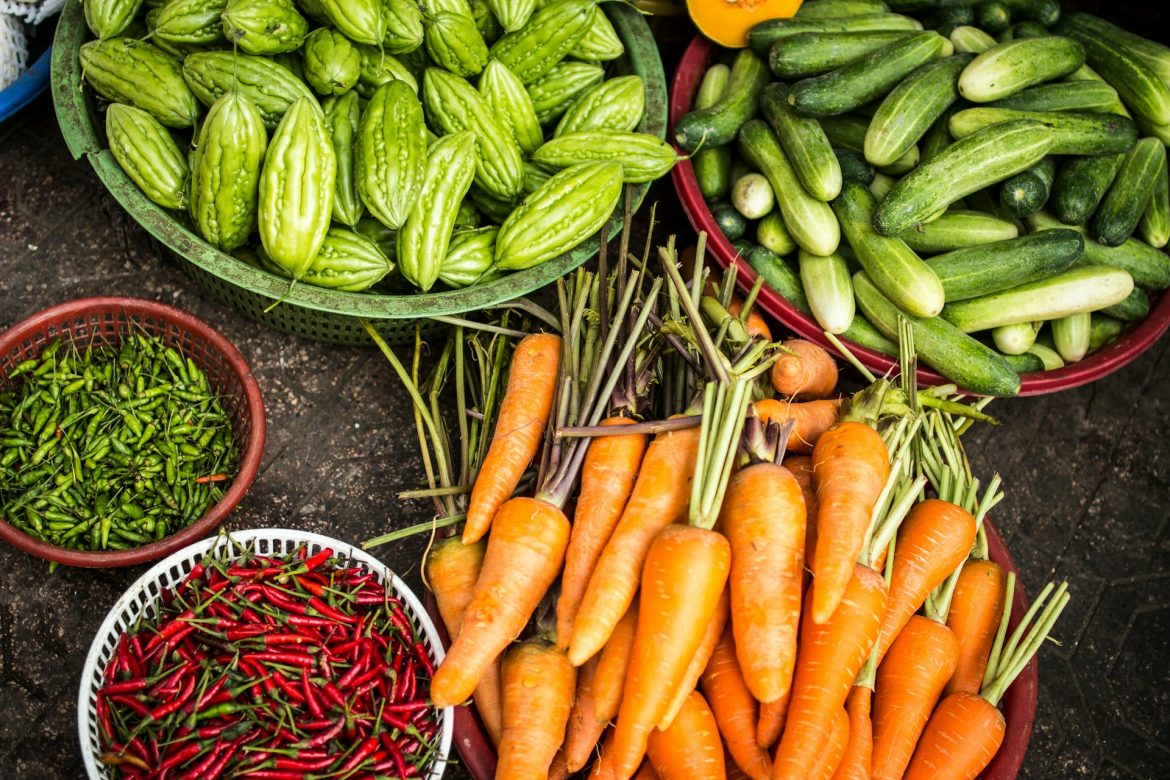Popcorn is enjoyed at several places. People mostly eat them in the cinemas, in front of the TV, and to relax themselves. Different popcorn come with different quantities of nutrients. So for maintaining a healthy eating, you should know the amount of nutrients in them. Moreover, overconsumption of popcorn can become the cause of overweight and high sugar levels. So even this light diet can become a problem for you. But if you are aware of the nutrients present in different types of popcorn, you can enjoy them by eating accordingly. This blog post explains several types of popcorn and the quantities of nutrients in the respective types.
Let’s delve into this comprehensive guide about nutrients.
What is Popcorn?
Popcorn is a diet that is not only inexpensive but also very healthy to eat. Even though it is a light food, people are searching for the amount of calories in different amounts of popcorn bags. How many calories are there in a popcorn bag depends upon the size of the bag. People usually enjoy this snack in theaters. This diet will not only improve your overall health but also decrease your weight. Moreover, this improves your immune system, and its fibers prevent constipation. This all-rounder diet will be consumed by about 232.51 million Americans in 2020. Why are so many people eating popcorn? Its number of consumers is still increasing for several reasons. Delicious and crunchy flavor Fibrous Antioxidants No cholesterol Minute fat and sugar



